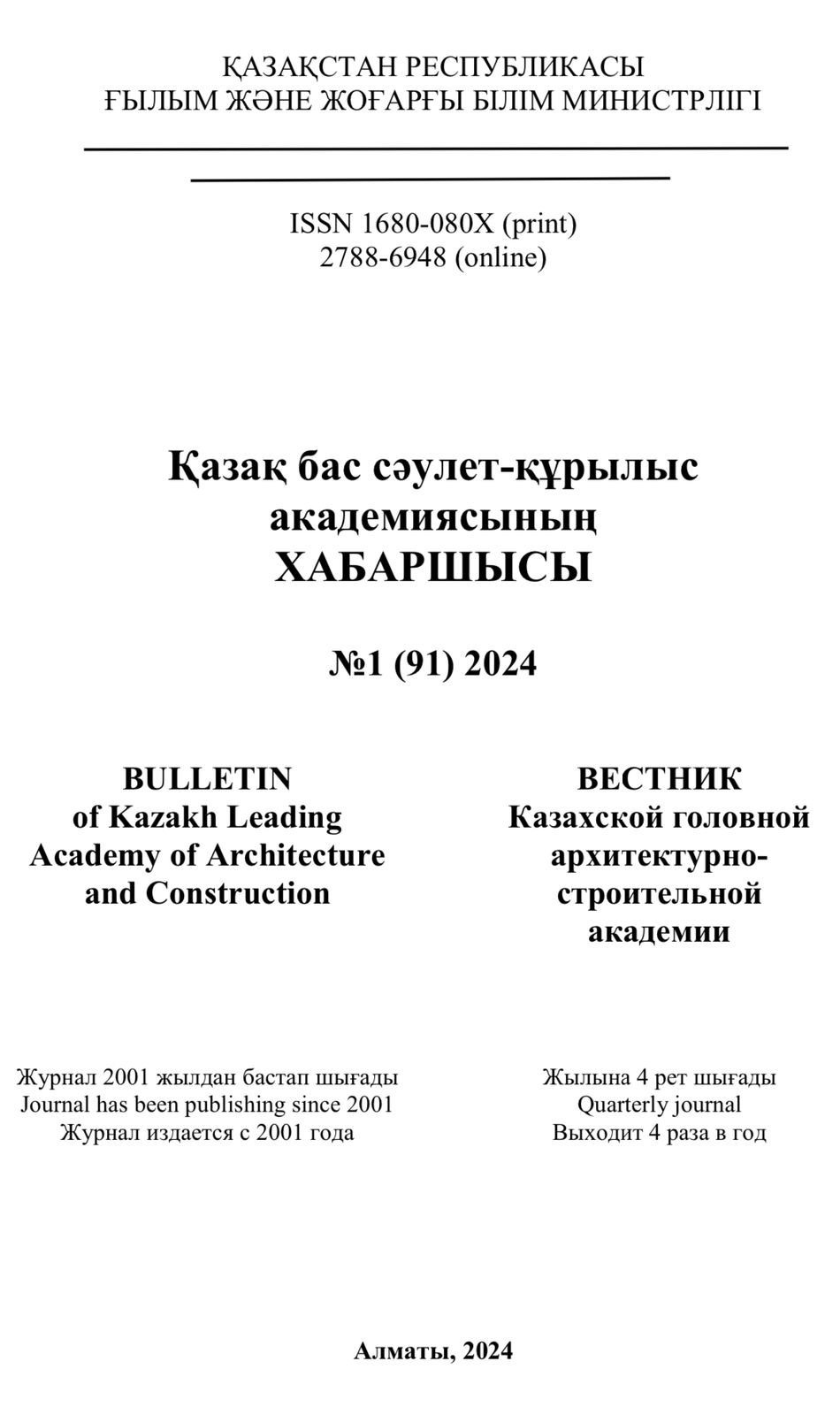Abstract
Abstract. The study of public spaces through their analysis is key to the recon-struction of historical cities and districts, their adaptation to modern needs, and the resolution of design conflicts. The purpose of the analysis of public spaces should be to determine their "uniqueness" and the potential to improve this quality. The theoretical concepts put forward are confirmed by examples of the organization of public spaces in Astana, methods of analysis of archival materials and studies of modern urban devel-opment. Five factors of the "uniqueness" of public space are established. Based on the analysis of all existing theories, a generalizing idea of the principles of the development of the uniqueness factors of a particular public space is given. Analysis has shown that when planning and implementing the framework of the city, it is important to preserve or qualitatively introduce unique public spaces into its structure. The example of Asta-na has shown that when the status and population of any city changes, a number of dif-ficulties arise that affect the functional and planning framework of the city and the quality of perception of public spaces. Thus, the discrepancy between the large-scale system and the violation of stylistic unity is more often revealed, which destroys the ex-isting identity of the urban environment. A clear understanding of the essence of the problem will help to form the concept of an integrated approach in the design of public spaces and will pave the way for new searches in the architecture of the objects under study.


